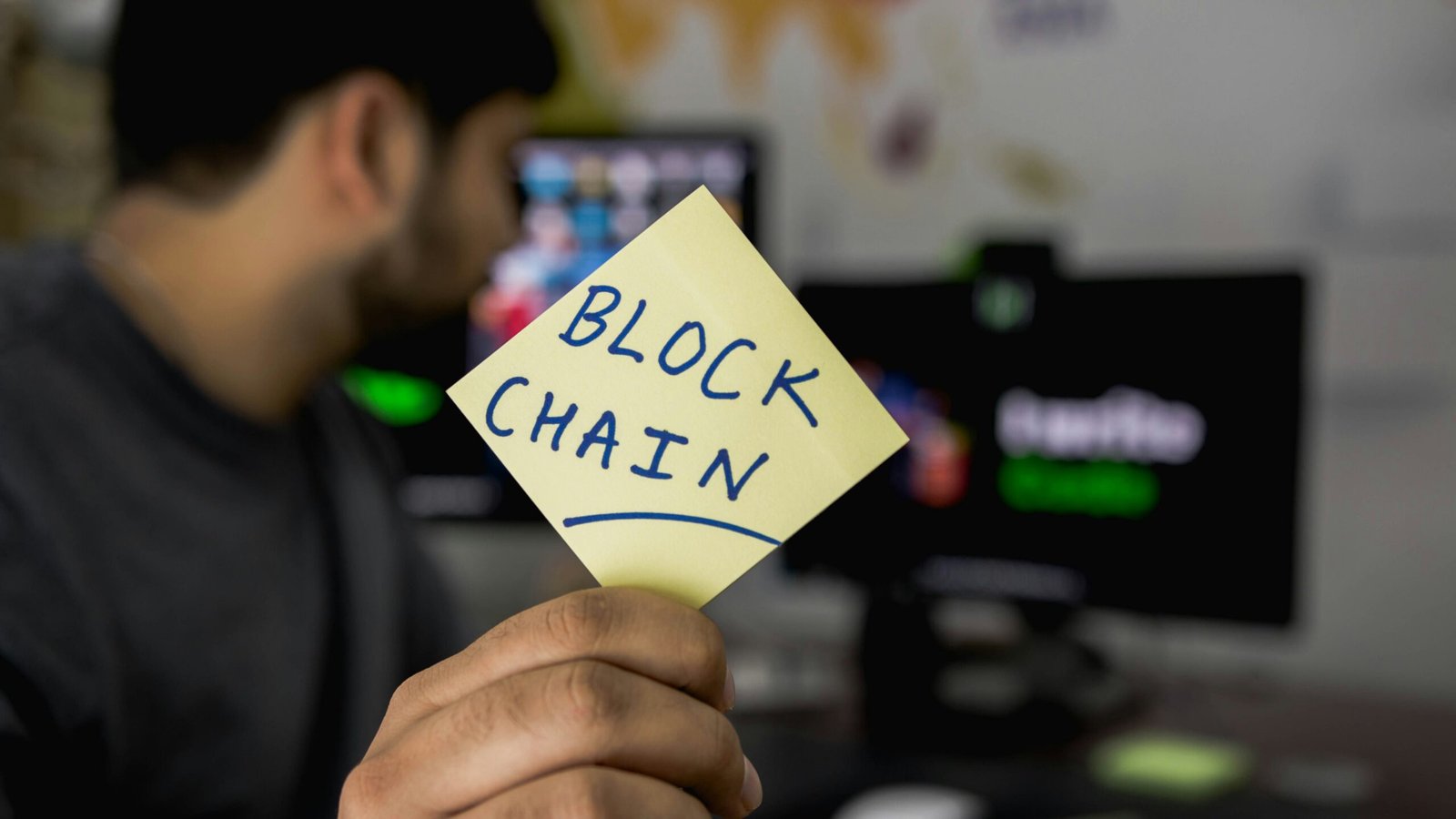Key Feature of Blockchain-Block Chain Technology
Distributed Consensus
– Blockchain networks use decentralized consensus mechanisms like proof-of-work or proof-of-stake to agree on the state of the ledger. This allows the network to establish trust and operate without a central authority. Consensus algorithms enable nodes to prove they have invested resources and validate transactions democratically.
Transaction Verification
– Transactions broadcasted to the network are verified by miners in a decentralized process governed by consensus rules. Transactions are checked for validity, signatures, duplication, balance availability etc. Valid transactions are included in blocks which are chained together. This prevents fraudulent transactions.
Smart Contracts
– Smart contracts are programs stored on the blockchain that run automatically when specified conditions are fulfilled. They are used to exchange assets autonomously based on predefined rules, without intermediaries. Smart contracts have been enabled by programmable blockchains and underpin applications like decentralized finance.
Transfer of Value
– The blockchain allows transfer of value between peers through digital tokens. Tokens represent assets like cryptocurrencies, securities, real estate etc. and can be transacted between addresses peer-to-peer without banks or brokers.
Generating Cryptocurrency
– Public blockchains like Bitcoin and Ethereum generate native crypto tokens through the mining process as an incentive and payment for validators who secure the network. The finite supply and minting rules of these tokens give them value.
Smart Property/Assets
– Physical and digital assets can be bound to unique digital tokens on the blockchain which prove ownership. Tokenization allows these assets to be easily transacted, reducing fraud. It also enables fractional ownership and unlocks asset classes for wider investment.
Security

– Blockchain leverages cryptography like hashing, digital signatures and public-key encryption to guarantee confidentiality, integrity, authentication and non-repudiation. This enables trustless interactions between unknown counterparties.
Immutability
– Once data is committed to the blockchain, it is extremely difficult to alter it retroactively due to cryptographic chaining and the distributed ledger. This creates permanent and tamper-proof records unlike traditional databases.
Uniqueness
– Protocols enforce single ownership of assets represented by tokens. The global ledger allows the network to detect double-spending attempts if the same token is re-used. This solves digital scarcity and replication.
THE BULIDING BLOCKS OF BLOCK CHAIN—–CLICK HERE


2 thoughts on “Key Feature of Blockchain”